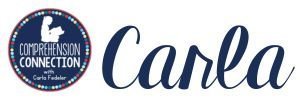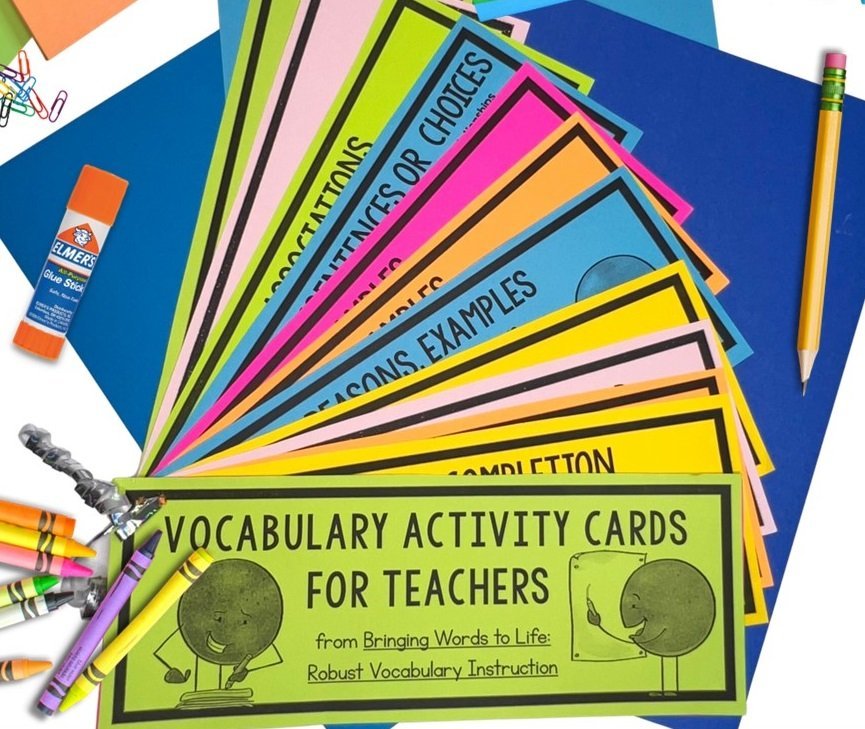
Are you ready for a few secrets for stellar writing routines? Well, guess what? It starts with a gal named Stella. Stella is a writing wonder, and her path to wonderdome follows. You see, Stella’s story explains how she goes through the writing process to learn how to write for each purpose. Today, I’m going to share a little about each book carefully crafted by author, Janiel Wagstaff, and a few suggestions on how you might utilize them in your lessons.
Start your writing routines with Stella

In Stella Tells Her Story, Ms. M is teaching the kids how to write personal narratives. The book begins with Max, Stella’s classmate, sharing how he has just received a new puppy. Of course, this topic is the first on their brainstorming list as Ms. M let’s them talk through their ideas. You see, telling a story helps the writing think through the big ideas. Ms. M shows the students how writers think, she explains key writing vocabulary as she walks the students through the writing process, and she has them do the work. She shows the class how narratives are structured using time-order words, and the book even has student examples.
Janiel models how Stella revises her sentences to add vivid details too after she’s shared it with her peers. Writing is hard work, and as we all know, revisions are not a sign of mistakes, but rather revisions show effort and help us polish a good story to make it great. In the end, Stella gets to do the best thing of all. She shares is with Oma.
Continue your writing routines with informational writing:
Well, stellar Stella is not finished writing. In Stella and Class: Information Experts, she is tackling informational writing. Now, I have yet to meet a student who wasn’t interested in nonfiction at all. Most students typically gravitate to fiction, but yet when we show students nonfiction can be interesting, we help them to better understand how the structures are different. That is important with reading comprehension, so by writing informational text, we are reinforcing reading comprehension aka creating the reading-writing connection.
Now, in this book, the students start with wonderings. All kids are naturally curious, so matching their curiosity to the topic is a great place to start. Ms. M begins with questions…lots of questions, and then the students get to work researching to find all the answers. Ms. M uses the topic of chameleons to model the process, and the great thing is that the story ends with Stella’s new love of chameleons because she learned so much through her research.

Opinion writing routines

Hmm…let’s see. We’ve discussed narratives and informational writing routines. What’s left?? Oh yes…opinions, and Stella has a few of those just like all of the students in your classroom I’d guess.
In Stella Writes an Opinion, the class begin by talking about all of the opinions they have such as bringing toys to school, the best food to eat, who the nicest teacher is, and then, Mrs. Merkley hears the dreaded, “We don’t know what to write about!” Well, enter Stella, and snap, the problem is solved. Again, Ms. Merkley walks the group through the writing framework and process making this book one you will want to read and reread as you reach each step.
Opinions are powerful, and Supergirl Stella and her pals show just how powerful they are.
Poetry writing routines:
I mentioned their were four secrets to stellar writing routines, and the last Stella book is just about to be released. I was lucky enough to get an electronic preview copy in order to make it part of my review. In this book, Stella’s class is exploring and writing poetry. Of course, most kids think poetry has to rhyme, but Ms. Merkley (and Stella of course) show everyone that poetry is all around us.
One of my favorite things to do as a teacher is to tie in descriptive books about the beauty of nature with titles such as In November by Cynthia Rylant or Snowflakes Fall by Patricia MacLachlan or experience it. For all of us, poetry writing has to touch and use the senses to create vivid imagery. By analyzing poetic features in poems, students read. By using their senses in a thorough brainstorming experience, students learn to make their writing show feeling and depth.

Stella’s class experiences the outdoors and learns just how powerful words can be. Another thing the class learns is that anything can become the topic of a poem. Stella’s friend accidentally topples her desk, and so the class writes the poem, Desk Avalanche below. (I bet a few classroom teachers will relate to this experience!) A messy classroom, a family pet, or maybe a cooking disaster could be your students’ next masterpiece.

So, if you’re looking for books to help your students grow as writers, these four options make fabulous mentor texts. The first three are available in a bundled set at a discounted price through Amazon and through SDE for $21.95, but be on the lookout for Stella Poet Extraordinaire in October from these locations. You most definitely will want to add it to your collection after you’ve used the others.
other writing posts you might like:
- HOW TO TEACH PERSUASIVE WRITING LIKE A BOSS WITH I WANNA IGUANA
- HOW TO USE THE 6 WRITING TRAITS FOR THE PRIMARY GRADES
- HOW TO TEACH FRIENDLY LETTER WRITING IN FIRST GRADE
Now, it is your turn. What are your favorite writing resources? I’d love for you to share them in the comments.


















One Response
What great suggestions!